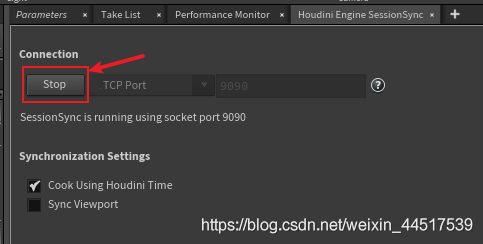

Use the extracted pid as the parameter of kill –SIGQUIT(3) to obtain a thread dump. Obtain the process pid by using ps -ef command to check the pid of the currently running Java process. Click the Thread Dump button on the top right corner to get the thread dump file.

Click on the process for which you want the information, and select the thread tab to check the thread information in real time. The task on the left indicates the list of currently running processes. Generate a thread dump by using a program such as jVisualVM. ~]$ jstack -f 5824 A Thread Dump Using jVisualVM Use the extracted PID as the parameter of jstack to obtain a thread dump. Use PID via jps to check the PID of the currently running Java application process.
#Jprofiler error could not bind socket windows
In JDK 1.6 and higher, it is possible to get a thread dump on MS Windows using jstack. A thread dump can only show the thread status at the time of measurement, so in order to see the change in thread status, it is recommended to extract them from 5 to 10 times with 5-second intervals. Note that there are many other ways to get a thread dump. We will introduce the three most commonly used methods. (The thread running this main method is called the VM thread in HotSpot VM.) Getting a Thread Dump Most of them are daemon threads, mainly for processing tasks such as garbage collection or JMX.Ī thread running the ' static void main(String args)’ method is created as a non-daemon thread, and when this thread stops working, all other daemon threads will stop as well. Even if you do not create any threads, the Java application will create several threads by default. (The difference from WAITING is that the maximum waiting time is specified by the method parameter, and WAITING can be relieved by time as well as external changes.)ĭaemon threads stop working when there are no other non-daemon threads. TIMED_WAITING: The thread is waiting by using a sleep, wait, join or park method.WAITING: The thread is waiting by using a wait, join or park method.BLOCKED: The thread is waiting for a different thread to release its lock in order to get the monitor lock.(It may be in WAITING status due to the OS's resource distribution.) RUNNABLE: The thread is occupying the CPU and processing a task.NEW: The thread is created but has not been processed yet.In order to analyze a thread dump, you need to know the status of threads. For a thread to own a monitor that is owned by a different thread, it needs to wait in the wait queue until the other thread releases its monitor. The monitor can be owned by only one thread.

Thread synchronization on Java can be done using monitor. In order to ensure compatibility when multiple threads are trying to use shared resources, one thread at a time should be allowed to access the shared resources by using thread synchronization. Background Information for Java Threads Thread SynchronizationĪ thread can be processed with other threads at the same time. A thread dump will give you the information on the exact status of each thread. To analyze such issues, you need to use the thread dump. For example, to record a log, the thread trying to record the log must obtain a lock and access the shared resources.ĭeadlock is a special type of thread contention, in which two or more threads are waiting for the other threads to complete their tasks in order to complete their own tasks.ĭifferent issues can arise from thread contention. Different threads frequently access shared resources on a web application. Thread contention is a status in which one thread is waiting for a lock, held by another thread, to be lifted. If two or more threads utilize the same resources, a contention between the threads is inevitable, and sometimes deadlock occurs. Java and ThreadĪ web server uses tens to hundreds of threads to process a large number of concurrent users. This article is a result of long experience in Java application debugging.
#Jprofiler error could not bind socket how to
Here I will explain what threads are in Java, their types, how they are created, how to manage them, how you can dump threads from a running application, and finally how you can analyze them and determine the bottleneck or blocking threads. If thread dumps feel like very complicated to you, this article may help you very much. When there is an obstacle, or when a Java based Web application is running much slower than expected, we need to use thread dumps. The content of this article was originally written by Tae Jin Gu on the Cubrid blog.


 0 kommentar(er)
0 kommentar(er)
